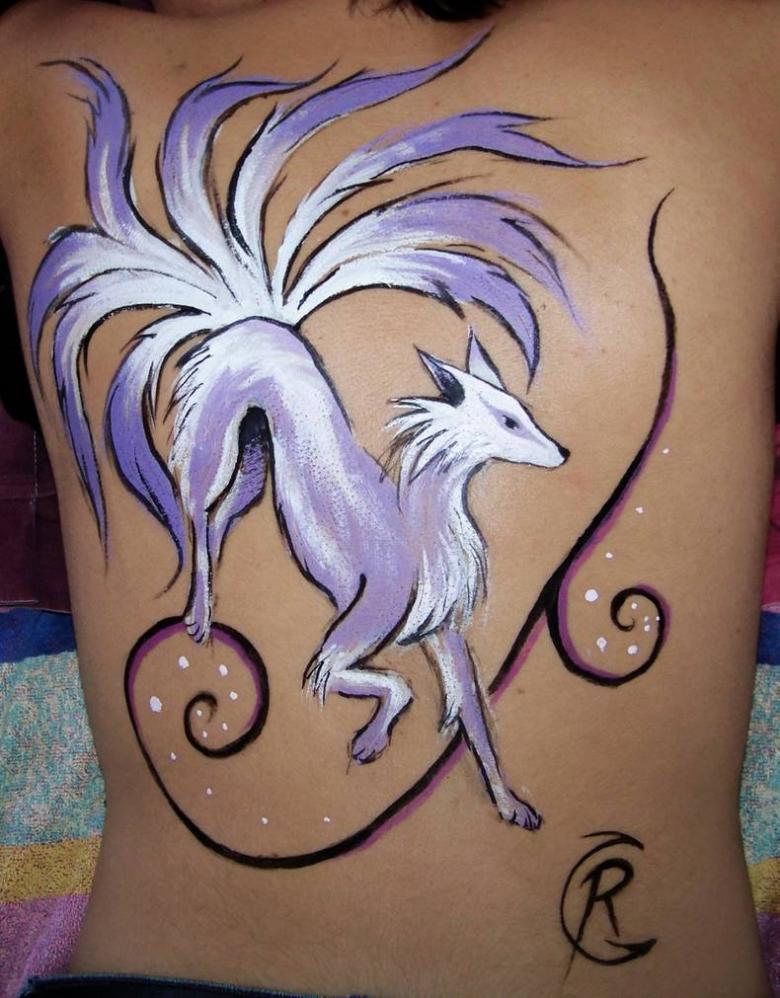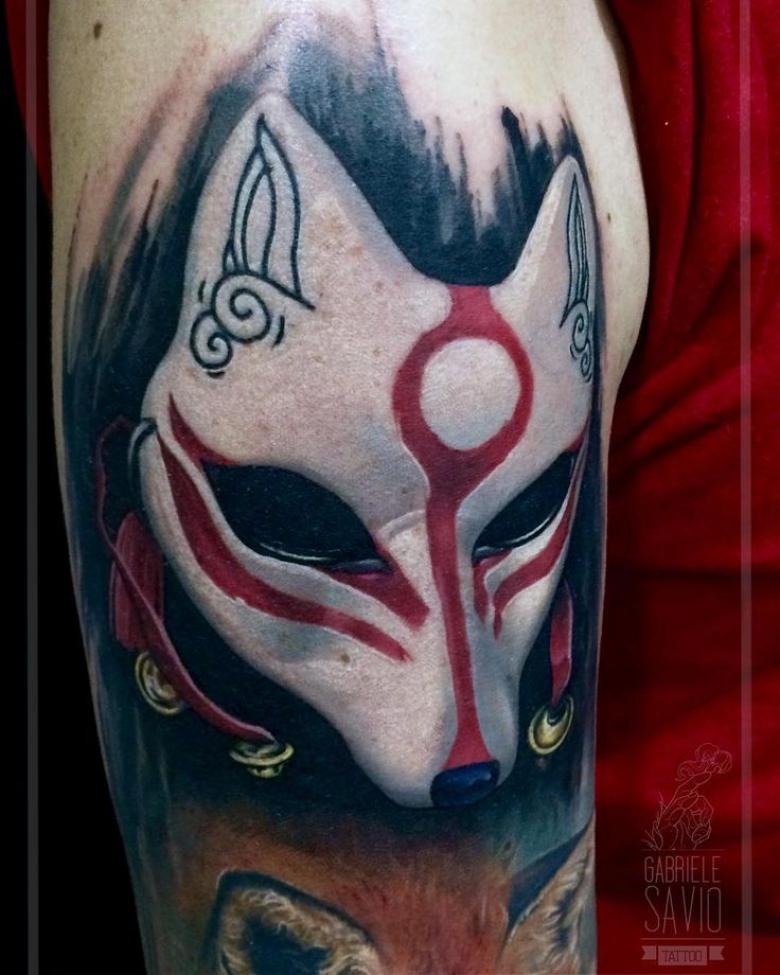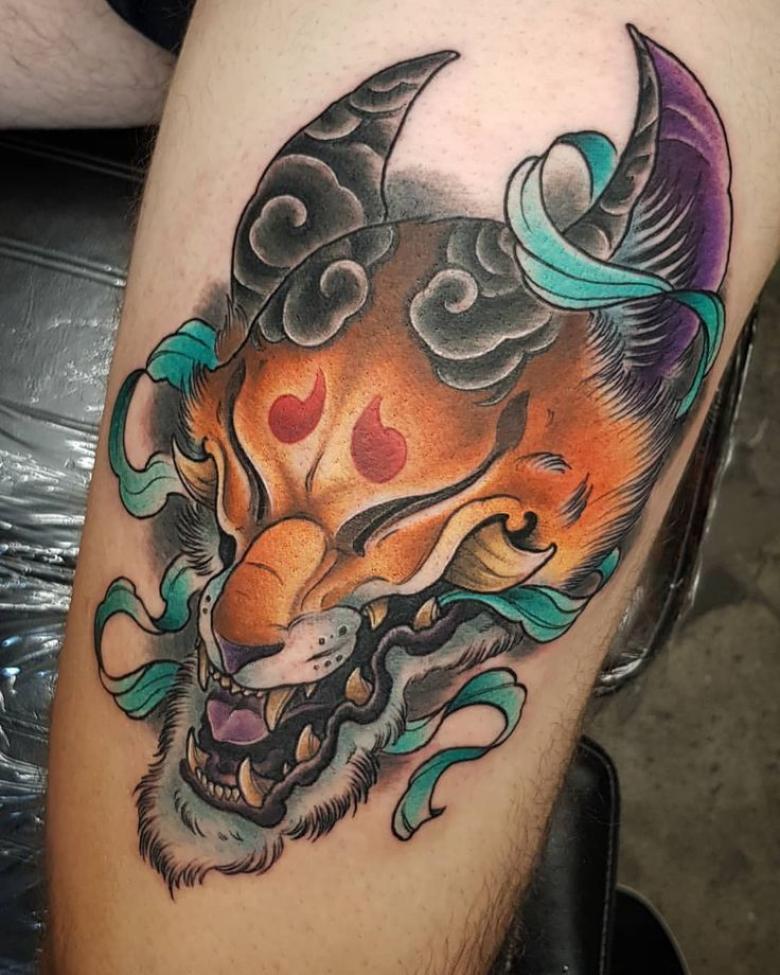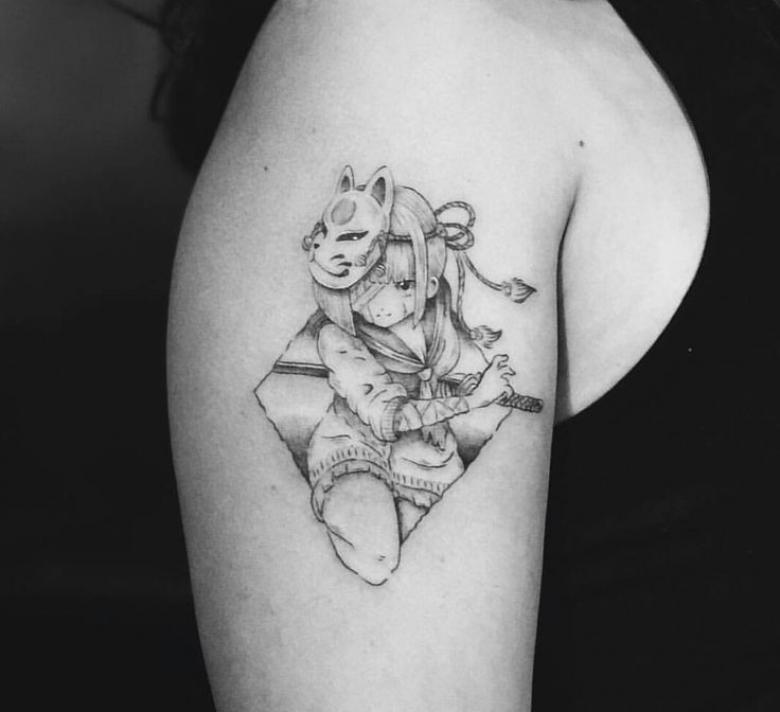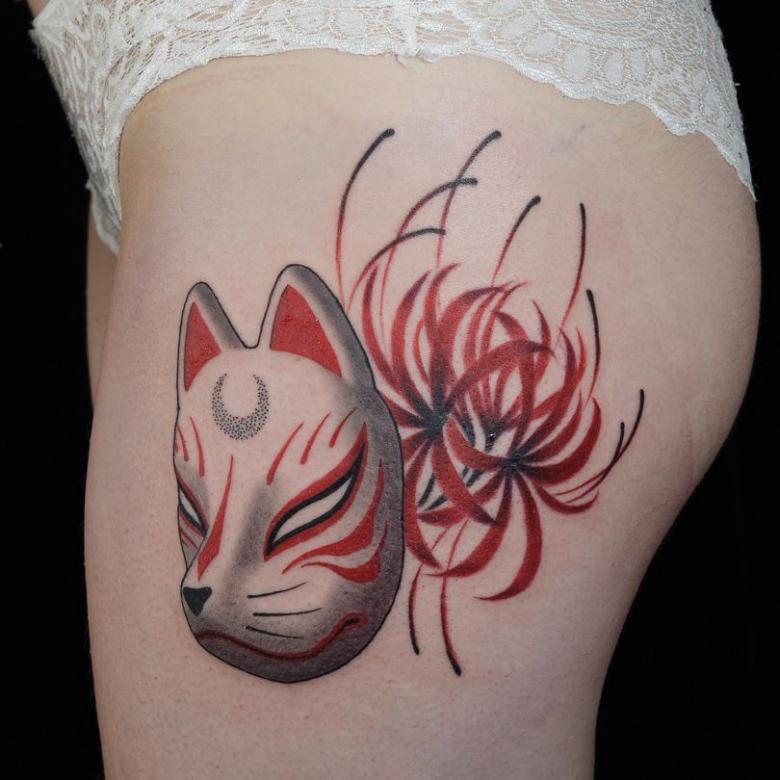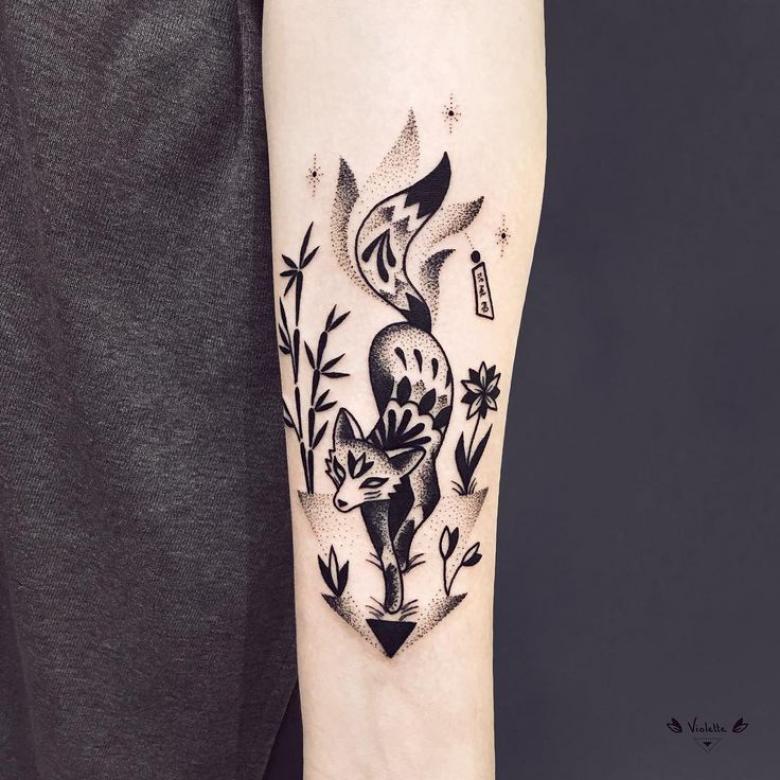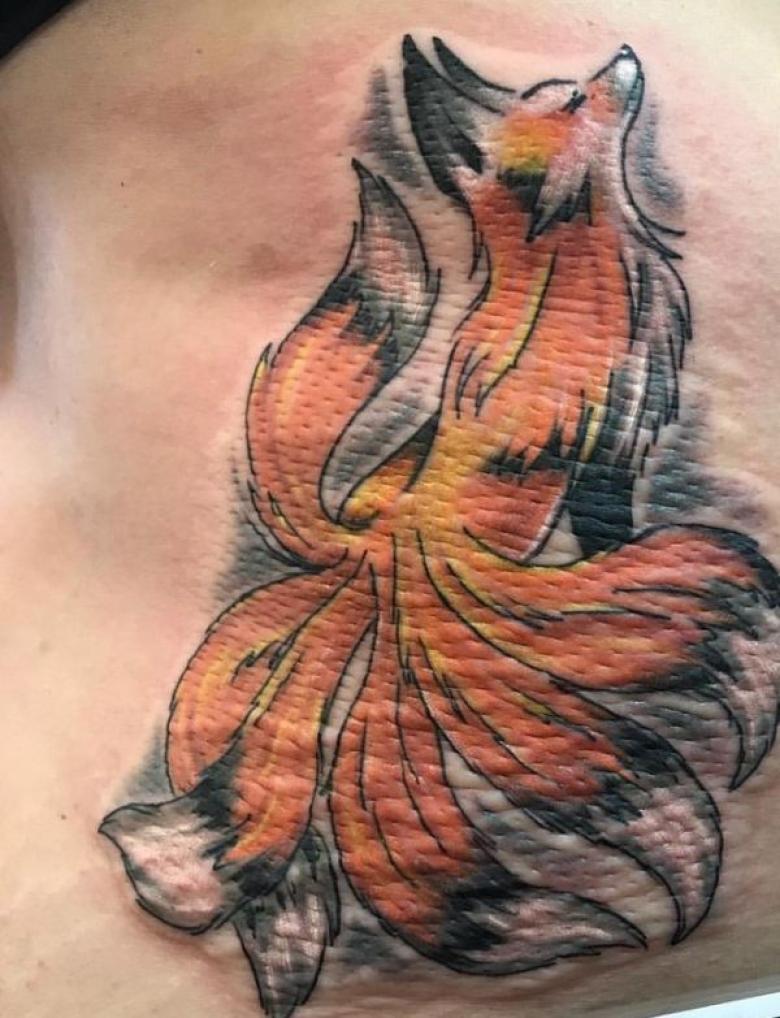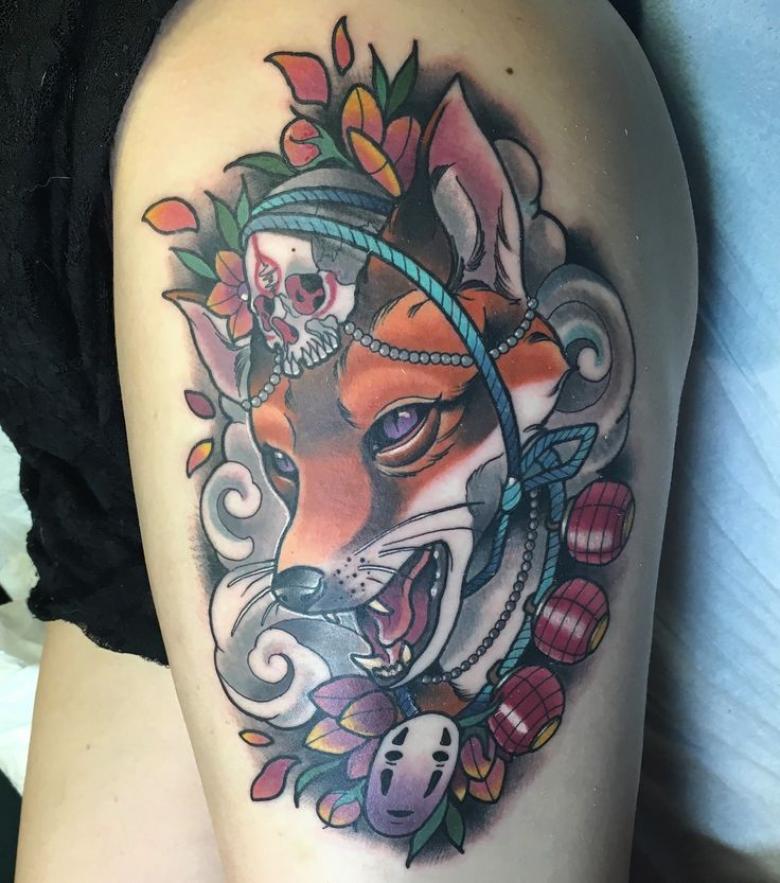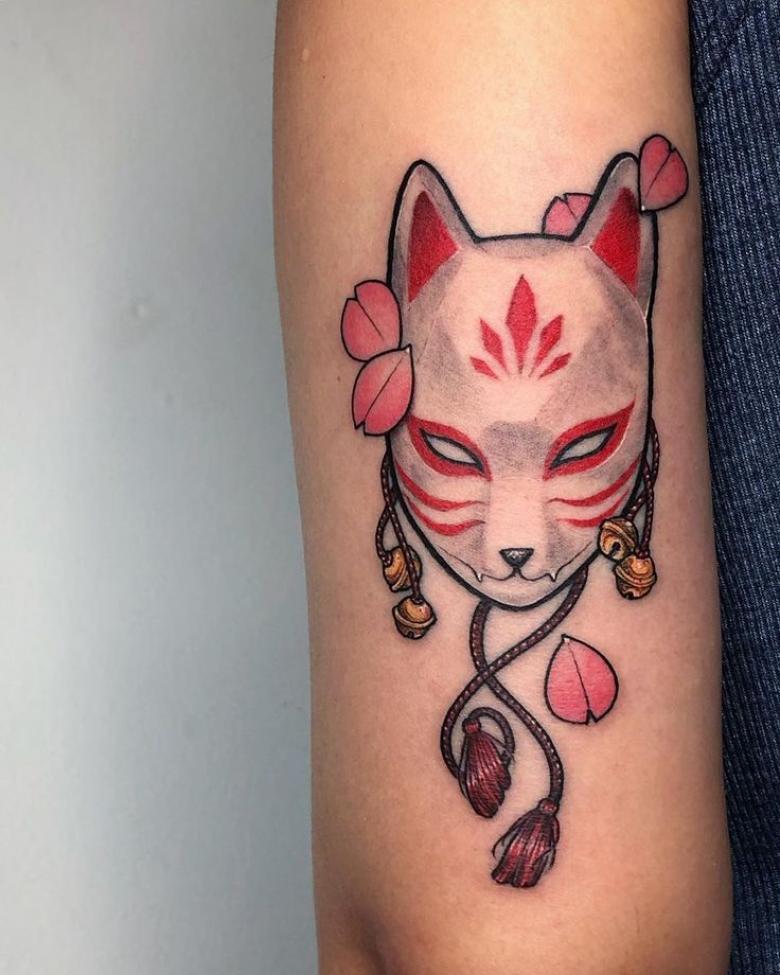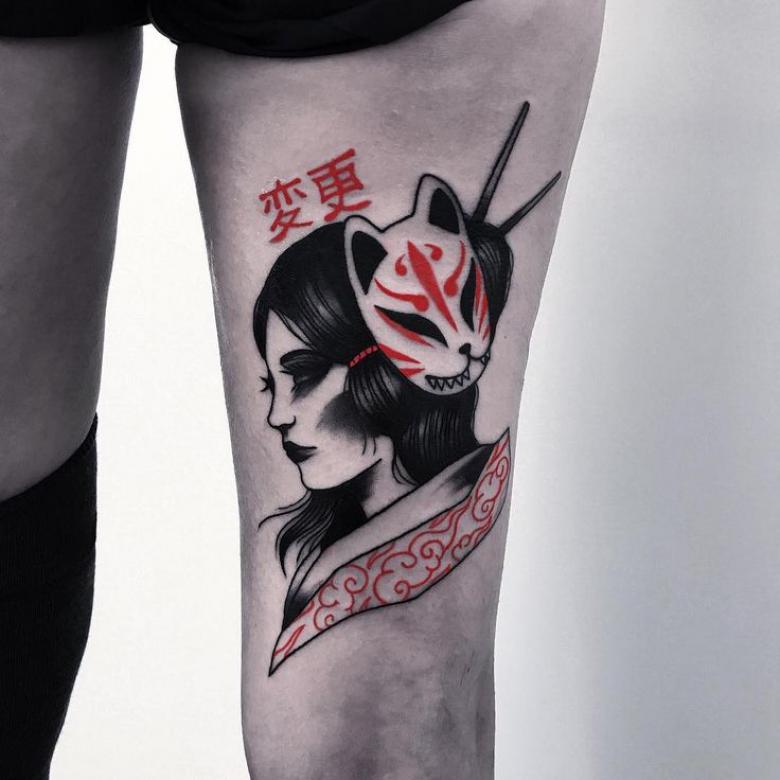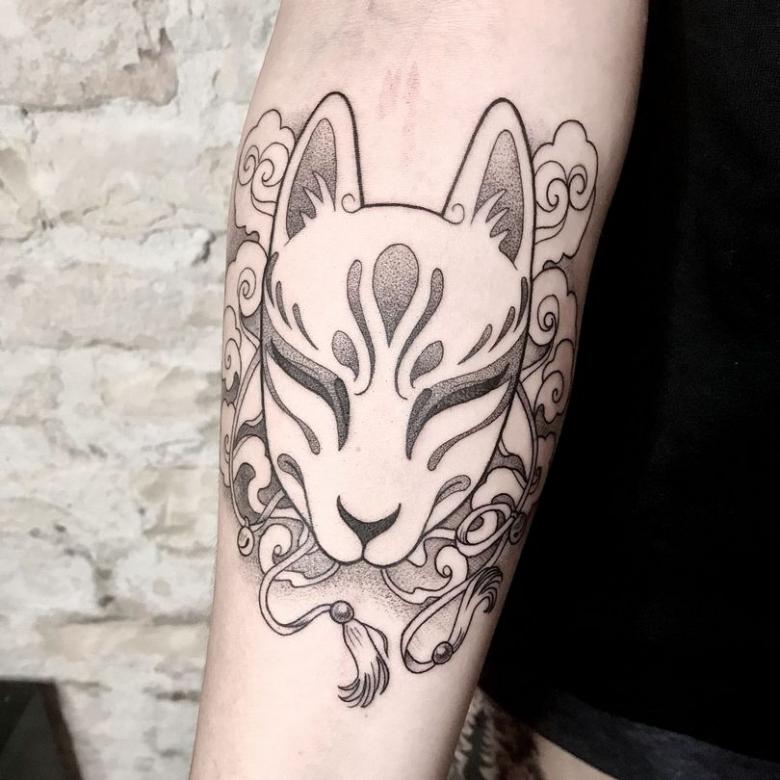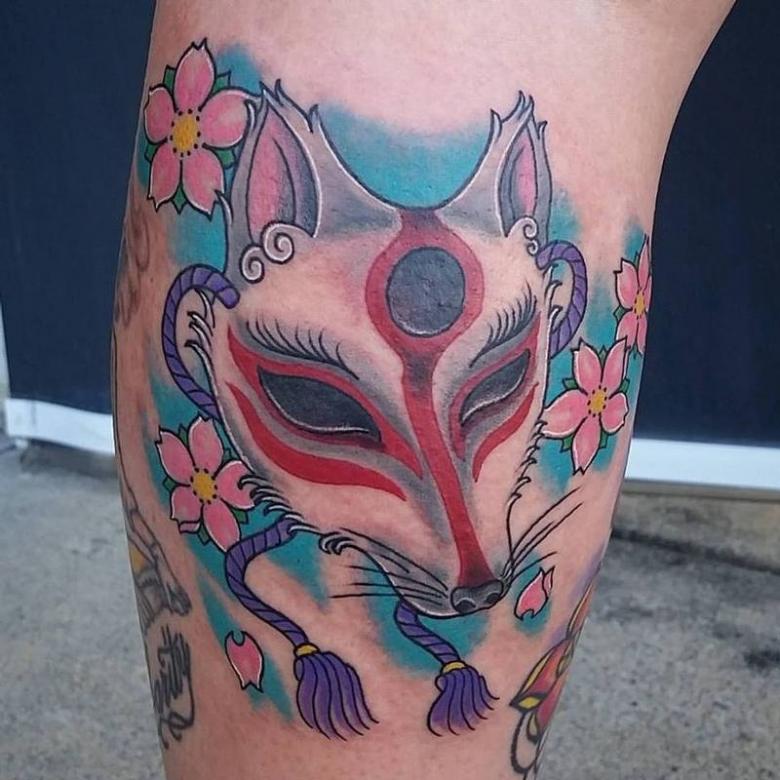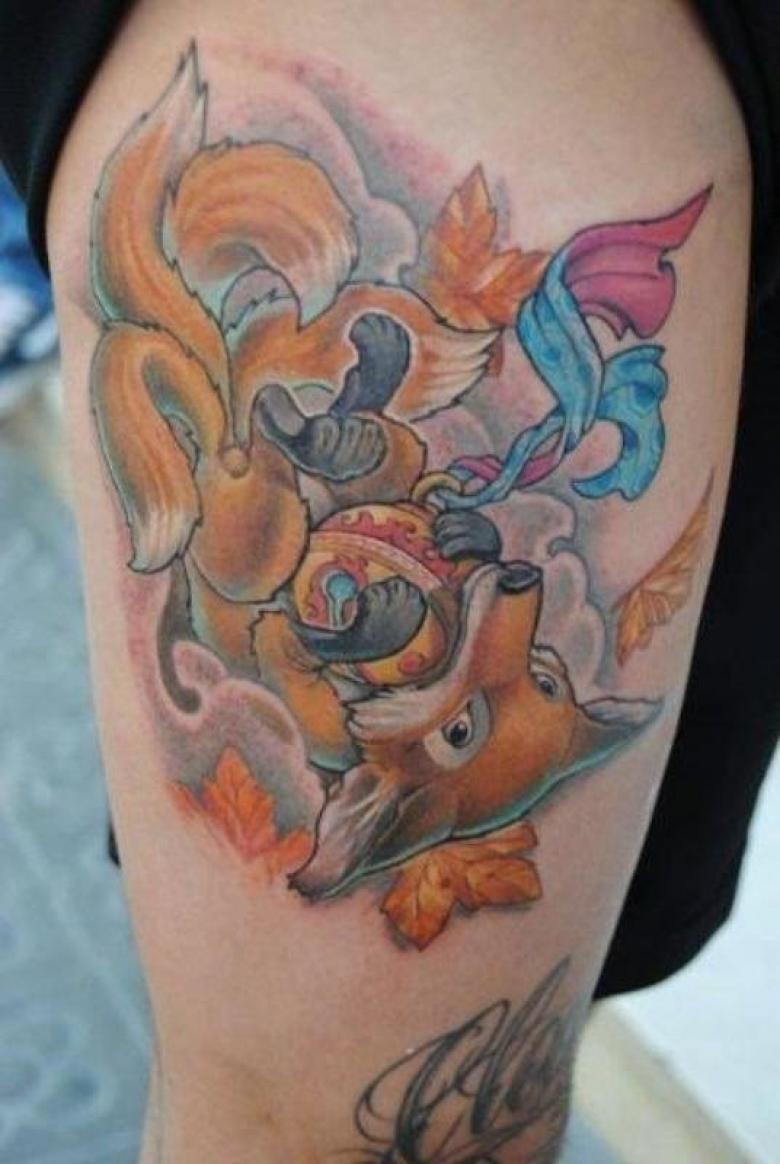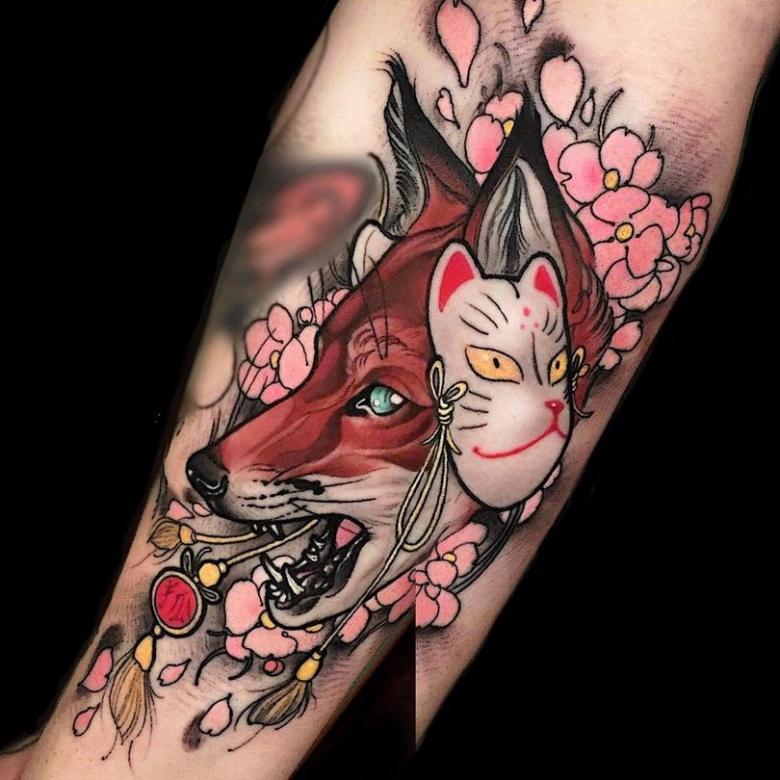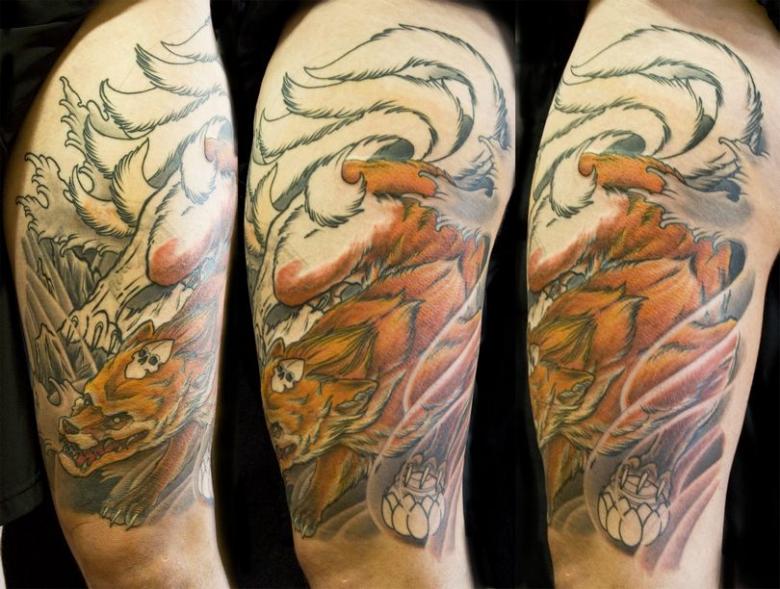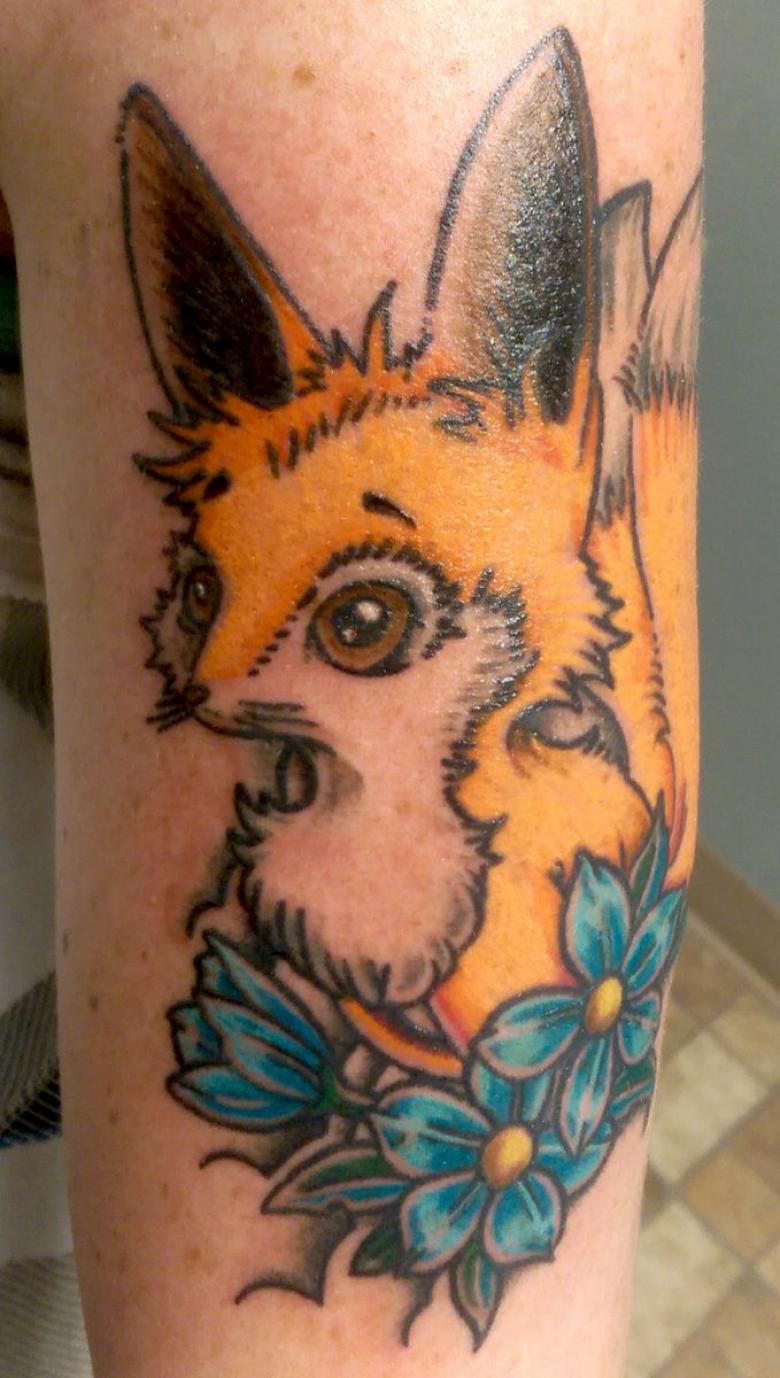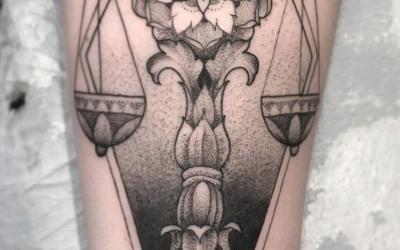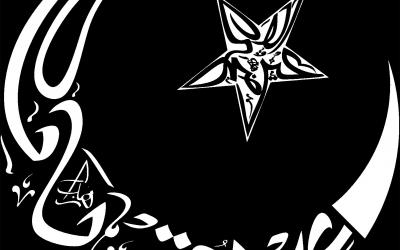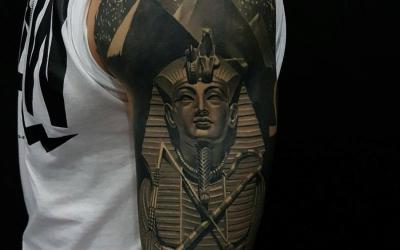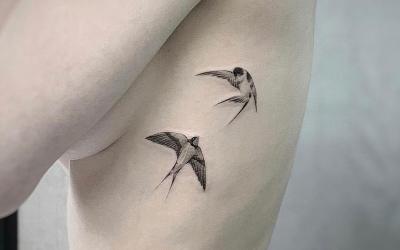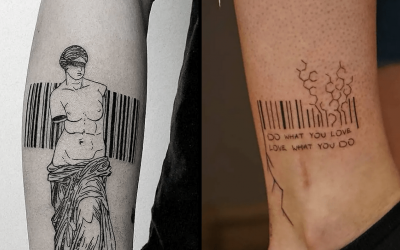Tattoo kitsune - how to choose a sketch, values, funny photo ideas
Foxes in all cultures were considered cunning, dodgy and savvy animals. But the Japanese and Chinese gave them a much broader meaning, making them gods or demons.Kitsune - mythical fox, who appears to peaceful inhabitants, assistant to the goddess Inari and simultaneously a vicious demon, whose purpose to build intrigues, spoil the lives of ordinary people.
Japanese mythology
The fabulous fox had the ability to turn human - the Japanese depicted it as either a beautiful lady or a gray-haired old man. And according to some beliefs, a fox can stop a man in the middle of a bamboo field at night and make him fight it. As a reward, it will take all the food the farmer had. Sometimes the fox acts as an evil ghost who has a vendetta for his murder.

It has been suggested that the idea of foxes as werewolves came to China from India. The Hindus revered and feared their monsters: the nagas are demigods with human and serpent formations. The stories of the Chinese and Hindus were similar.

A fox or snake, turned woman, seduces a rich man and then stays with him on one perhaps foolish condition. According to the law of the story, the man, of course, violates this condition, and the female werewolf acquires her animal essence without the possibility of becoming human and leaves the man forever.

The Japanese adopted fox legends with literature from China. After all, Chinese literature and writing had a great influence on the formation of the Japanese nation. The Japanese gave the image of the willful fox a little softness: they made it a messenger of the goddess Inari, who was known as the deity of fertility, of the family hearth.

Even an ordinary fox who lived a certain amount of time could gain the ability to transform. The Japanese believed that when a fox reached fifty years of age, he could turn into a woman. If the fox lives a hundred years, it can take the form of a beautiful girl or man.With age kitsune acquires the ability to know, occur thousands of miles away from her, and can inhabit the people for a while. But if a fox lives to be a thousand years old, she can ascend to heaven and become a heavenly fox - a full-fledged god.
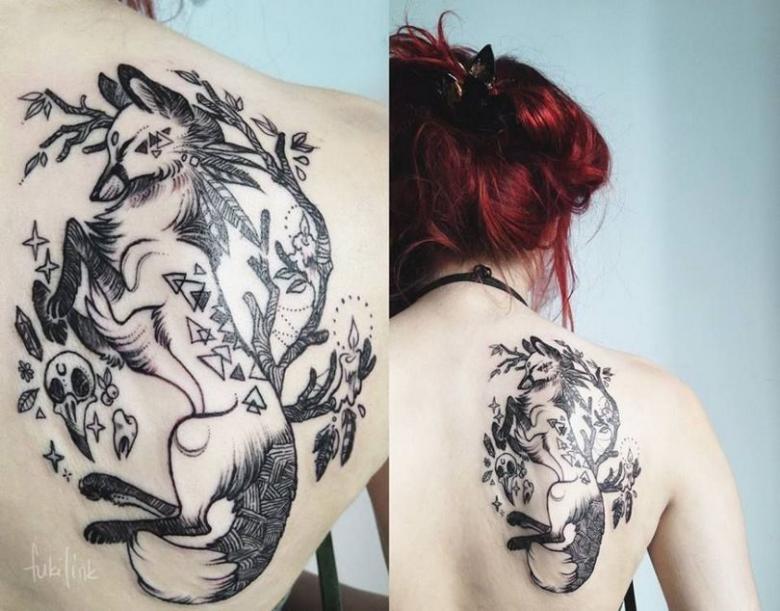
The fox could be anything; its behavior was not restricted by social boundaries. For China, Japan, the fox was a free animal with its own principles. It symbolized cunning, wisdom and hedonism. That is, the qualities that the Japanese secretly admired.
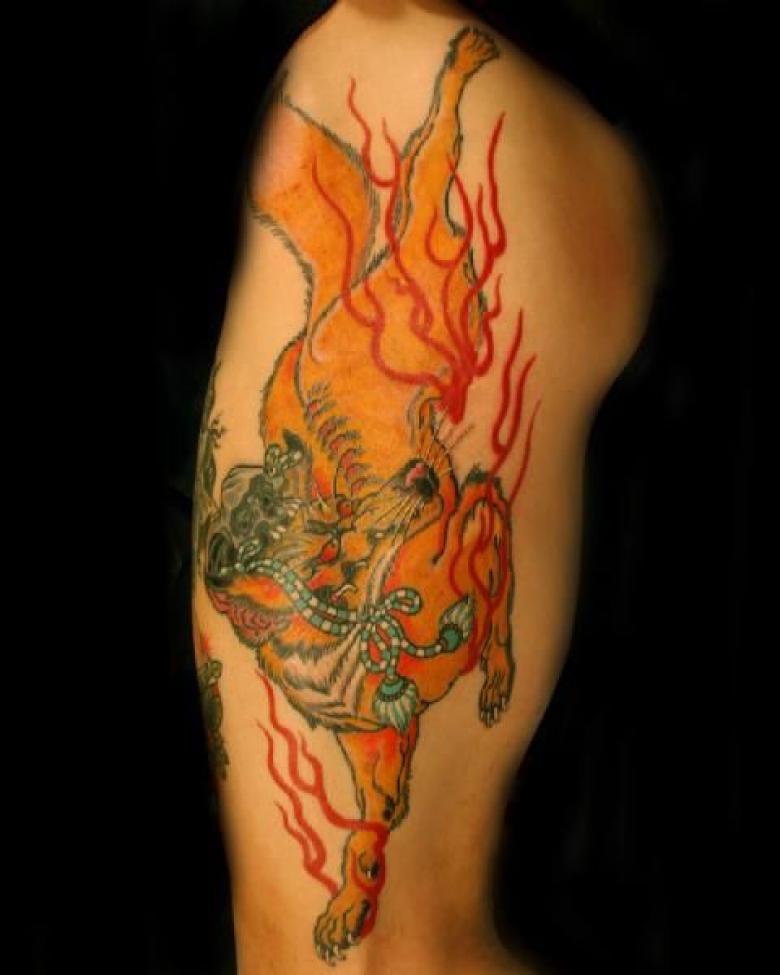
The meaning of the kitsune tattoo
According to legends, all kitsune are divided into good and bad foxes - "Zenko" and "Yako" respectively.

Zenko kitsune are considered to be good beings, helpers of the Harvest God, Inari Okami. In some cases, good foxes may assist people in cultivating the land or protect them from persecution by the kitsune yako.
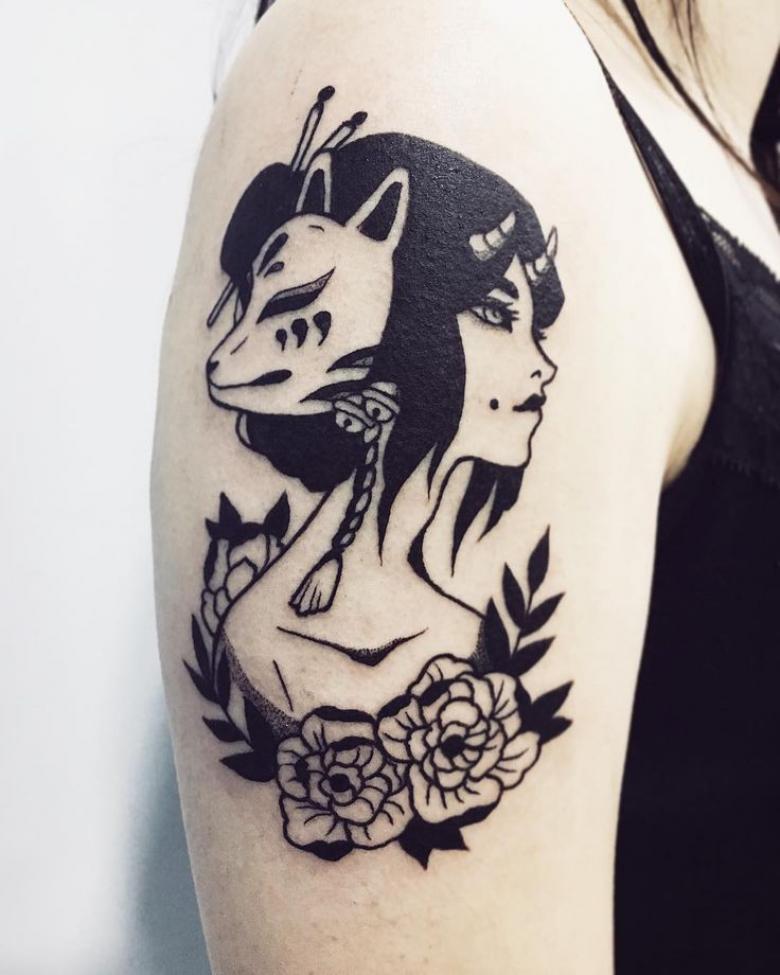
Yako foxes are considered creatures with evil intentions. They can be either charming thieves or vicious demons that humiliate people with impure hearts. In doing so, the fox will humiliate such a person in public, revealing his real face regardless of rank.But despite this classification, the kitsune is considered a clever and cunning demon. But he is also credited with charm and passion-sometimes even lust.

The myobu, white foxes with a single tail, were considered servants of Inari Okami, and protected her temples. There, the meobu were carved from stone, and the temple keepers tied red bibs on them. The red color, according to Shinto beliefs, guarded against sickness and drove away small demons.Sometimes the statues of the meobu were supplemented with objects (under the paws or in the mouth). For example, a diamond symbolized abundance, and if the moebu held a key, the shrine was also a granary. If a fox-servant was depicted with a scroll, then he carried a direct message to people from the goddess Inari, who gave them the knowledge, wisdom. The same is true of tattoos.
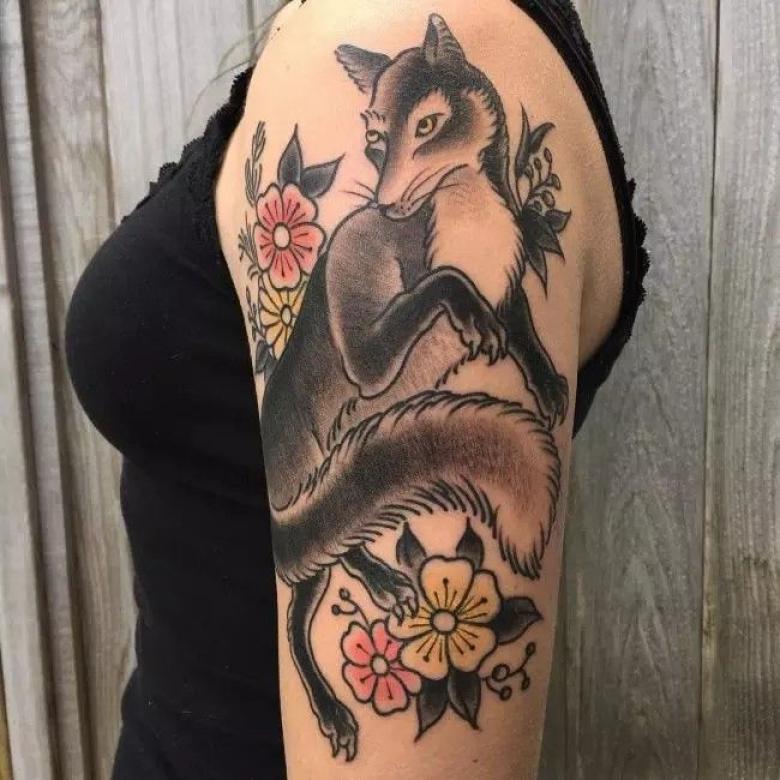
Also, the Japanese believed that the more tails a kitsune had, the stronger its qualities, either bad or good. This indicates the strength and age of the fox - with each century the fox has one more tail.

Tattoo design
Very often the kitsune is depicted with a mask in his paws. This can speak of a person who is duplicitous, mysterious, or a person who hides his true emotions behind a mask.

Kitsune with the image of the skull. Depending on the location of the skull in relation to the fox, the meaning of the tattoo changes. For example, if the fox is in the skull, the drawing is associated with the inevitability of rebirth. This indicates the presence of the inexplicable, supernatural in a person's life.

If the kitsune is placed over the skull or has its paw on it, it is considered a symbol of domination not only over living beings, but also over death. The bearer of such a tattoo does not recognize the Black Mistress as his equal.
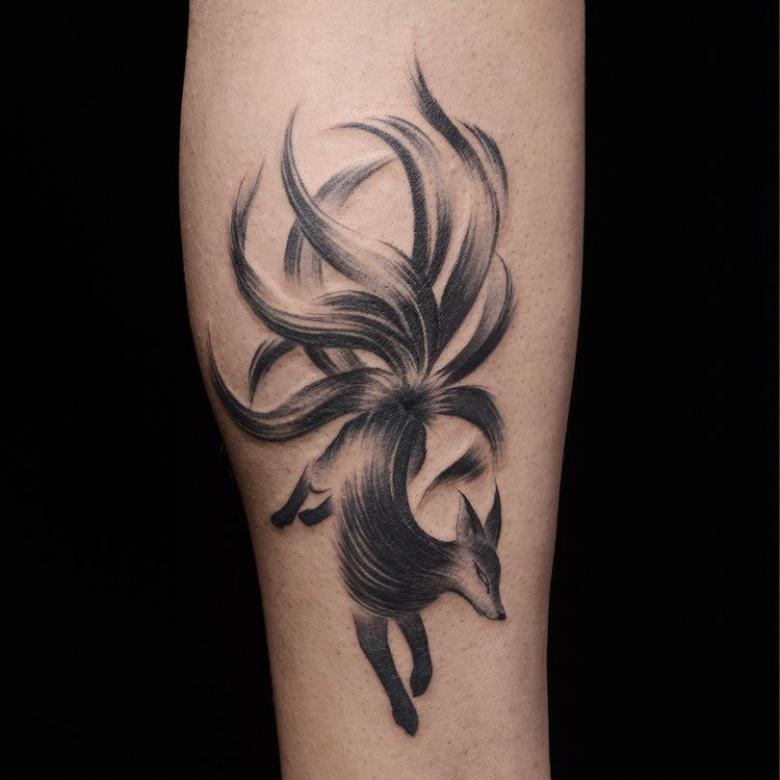
After a hundred years, the fox can take any human form, but for this rite it is required to have a skull on its head. Therefore, a tattooed kitsune with a skull over it means endurance and wisdom.Sometimes a person wants to tattoo a kitsune in the image of a geisha. It symbolizes wit, mysterious beauty and in addition a lot of secrets. A man can get a tattoo to signify his love for attractive, reserved women.
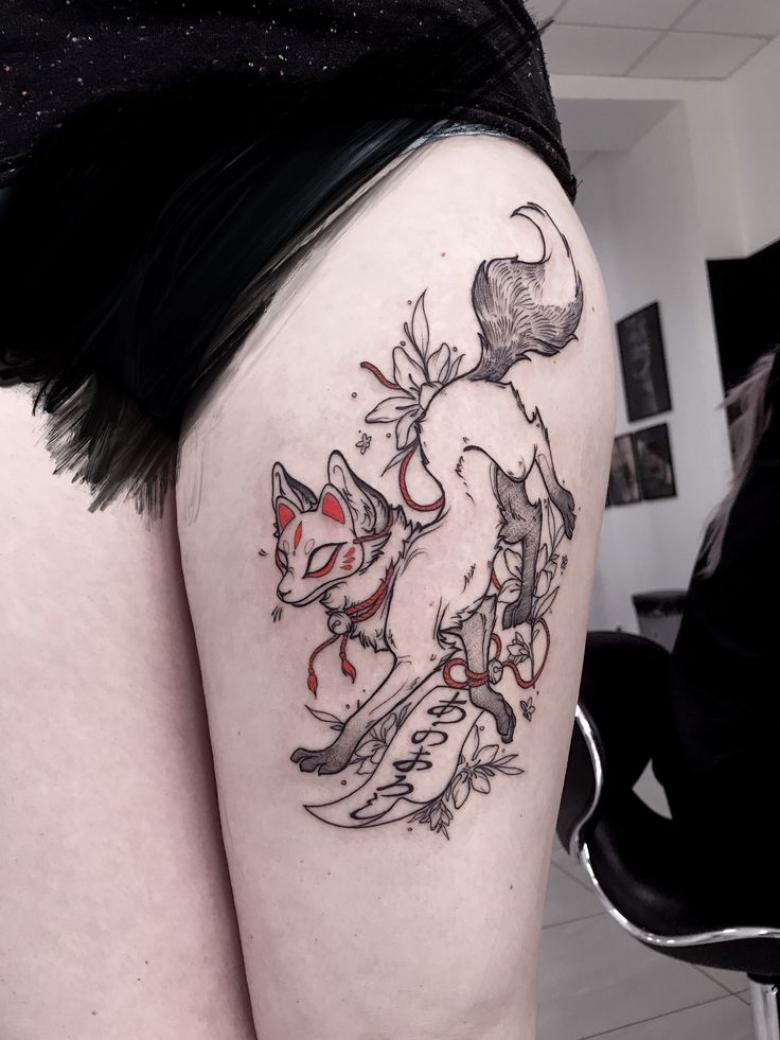
In imperial Japan, it was customary for meritorious warlords to receive as gifts from the emperor the severed heads of their enemies, the namakubi. Some tattoo a severed fox's head on their body. This gesture symbolizes a victor, a talisman that will protect its wearer from enemies and evil spells.

Women, wishing to emphasize their beauty and remarkable intelligence, may think about a tattoo of a beautiful girl with a fox's tail. This is a reminder that the beauty of one girl is capable of destroying empires.


